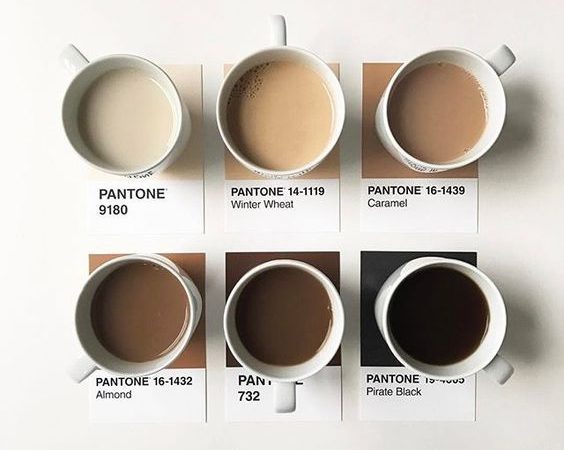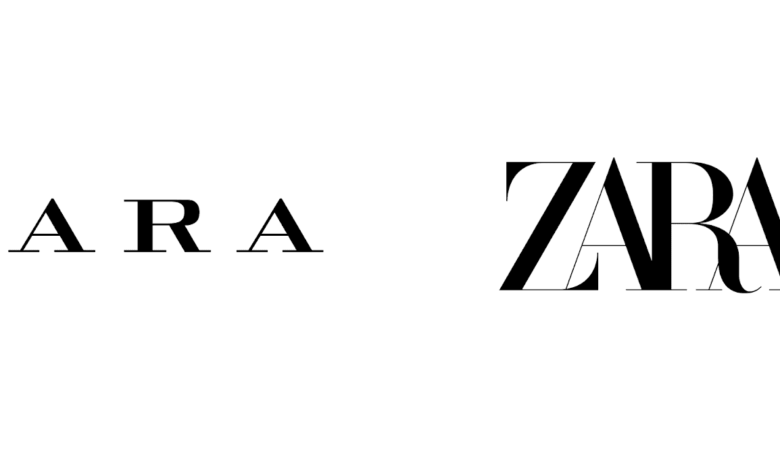Handling the legal side of freelancing could possibly be one of the more annoying tasks required for the job. Having worked as a full-time freelancer I can attest the amount of legal paperwork and information can become overwhelming, especially for newbies entering the field.
No matter what your practice, be it web design to freelance writing, there is generally some form of legal contract you’ll need to create with your clients. Networking comes with the freelance territory, and within that is contracts and due dates for project completion. Below we’ll be considering some great tips for legal actions and pursuing your own career further in freelancing.
Always Draft up Contracts
Why are contracts so important? This question has been asked countless times throughout the decades and doesn’t come without a strong answer. Business has always been a shady game. Unfortunately levels of trust are indicative of a strong professional relationship. Unfortunately, not all clients will be so easy to work with.

Building a contract and having both parties sign from the start sets in motion a state of initial working values. These could include a timeline of project work, when and how much you’d be getting paid, along with other details you may find pertinent. These should be nailed out between you and your clientele until a reasonable agreement can be achieved.
It’s important to include each aspect that you’re both concerned with inside a single document. This will be your go-to primer for any difficulties which stem from project work. It’s an important document to not only cover your client in case of project failure, but also protecting you in the case of your client backing down from the work and payment.
Always Set Dates
Having a scheduled calendar is just another strong framework keeping you from drifting too far off task. An agreeable schedule of dates is something both parties should be able to look at and consider a reasonable amount of time for each task.

So for example, you may quote 1-2 weeks for a website mockup and graphics/icons designed. At this point the client would look over the designs, suggest any changes, and you’d plan for another 1-2 weeks for frontend development. This type of timeline is very lenient and doesn’t provide specific dates for when a piece of work must be done. This won’t work with all of your clients, although it’s a much more lax environment for creativity to flow through.
If it’s easier you may want to consider sketching out a small calender with weeks shaded in based on task completion. I have seen a few demos of these from past freelancers and it’s a great way to draw the attention of your client. This proves to them you not only understand what you’re doing but hold the creativity and business sense to plot out a course timeline for their project!

It may also be useful to set up meeting times to share information face-to-face. The frequency of these would vary depending on the type of project being worked on. A from-scratch new website infrastructure may require 3 meetups weekly while an icon set design may not even require face to face interaction. Keep your schedule loose and ready for anything, but once you’ve got something solid ensure you get it down in writing.
Follow-Up Clauses
One of the big pet peeves we see in freelancing today is the client base looking into running the show. If you’ve done any work as a freelancer you have probably run into this countless times in the business world. After creating a perfect mockup design your client may say “yeah it’s okay, but can you update changes X, Y, and Z? Oh and let’s scrap ideas A and B while we’re at it…”
This is not only very frustrating for you but will also mess up your pre-planned timeline of events. It’s important to include a clause about revisions and a detailed policy on work updates. There are no set rules here, but it is important both your client and yourself agree upon the terms.

You may charge extra for more time spent updating colors/layout spacing. However, if your client isn’t aware this is going on they may have an awfully difficult time forking over any cash. Alternatively I know many freelancers who include the first 2-3 revisions for free and will charge after that based on an hourly rate. It’s all up to you regarding how you’d like to structure your overtime. Just be sure to include something.
Final Products and Delivery
In the wacky world if web design it is often possible for confusion to settle when it comes towards a finished product. There are so many freelancers offering icons, animations, Flash graphics, videos… from a client’s perspective who doesn’t understand much of technology this can be awfully confusing.

It should be discussed before even starting the project work what is expected to be delivered as a final result. This could include multiple things, however for a general website design it’s often only a handful of graphics and coded HTML/CSS documents.
If your client is looking for something slightly more convoluted such as WordPress theming or plugin development include a few sentences referencing the types of files to be shared. These could be .css, .php, .js libraries, or anything else which may be included inside the projects’ files.

If easier just draft out a bulleted list of the files to be returned and at which stage the work will be ready for client’s eyes. This shows a sign of trust that you actually know what you’re doing and will be able to deliver quality code! If you’ll be personally uploading all files into the web server this may not be necessary, but still good practice to include just to avoid possible confusion.
Conclusion
These tips on legal writing should get you pointed in the right direction. The career path of a freelance web designer is not easy, especially entering into business for yourself. There are plenty of tools to help with invoicing and paper trails, so make use of these whenever possible. And definitely pick up some freelancing books on everything from staying productive at home to getting paid on time.
If you’re just getting started I’d also recommend building up a small network of clients to get some buzz going around your name. Here are some tips on finding local freelance clients if you’re looking for a way to break into the market. At the end of the day legal structures are all about protecting both parties of a freelance project to ensure they will deliver their regards on-time and respectably.





Good article. Know of any good sample contracts for those new to freelancing?
Great article, thanks for posting.
@Don I have been looking for decent templates/samples recently also. I came across this blog post which is the best I’ve found so far: https://speckyboy.com/2010/08/12/5-free-to-use-freelance-design-contract-templates/
I’m keen to hear of any other sample contracts out there as I’m currently trying to write my own.
How about enforcing those legal documents? Seriously, I had a client back out of a deal and it is causing me a headache. There is practically no way to enforce the documents unless you pay hundreds of dollars in court costs in advance. I live in Tampa Florida and I do website design. I had a client who was making monthly payments for website design I did for them. Well they paid me for a few months, but that was it. Now my contract is pretty much worthless because of the fee’s associated with pursuing the matter. Anyway, this is a great article, as always I appreciate the advice.
nice article, good stuff
Excellent article one thing however to be seriously considered and which should be in the contract is provision for copyright and ownership of intellectual Property (IP) rights.
When you’ve created the website, sourced graphics from istockphoto or wherever, then with large client organisations, you can reasonable expect that they will share resources around the company. Another department/division/country will see what your client department has done and ‘borrow’ the assets for their web developments. If you don’t secure the appropriate usage agreements for images etc, then this could land you all up in all sorts of trouble.
Your contract should also include statements as to who owns what – are you assigning the copyright to your client, or do you own it? be sure rather than sorry.
You have several typos in the first paragraph. Lots of contacts that should be contracts.
great article!
fyi, for the first few instances, you have ‘contacts’ instead of ‘contracts’.
After building websites for close to 16 years, I have had some great clients and some not so great. A couple of items that have always caught me off-guard included completing a project and having a client advise the site doesn’t look good in the LINUX version of a specific browser. This is frustrating and not realistic. But it held up final payment (and launching of the site). Ensure you spell out browser reviews if you suspect this is an issue.
The other thing I learned was to use wordings like “Letter of Agreement” vs contract. Really means the same thing ( in most places) but is easier for the client to swallow.
For most agreements,I include an NDA (non disclosure agreement) for professionalism and an appendix to agreement letter spelling out a payment timeline. If you run into a client that pays but doesn’t deliver the content, then you need a “what if scenario”. I have had this happen alot and so I have to make it clear that when the client is 2 months over due in getting content, they get slotted into the next available time period. Frustrating for both but required.
Lastly, I agree with the comments about going to court. Forget it. Too expensive here in Canada. But ensure that the site does NOT go live until final payment. Consider a mediator on big projects if need be.
Good luck!
Very useful article and obviously getting as much information into an agreement is beneficial to both parties.
I have to agree with other people though, when you come across a bad client the paperwork isn’t gong to make any difference. Generally all you can do is learn from the experience and try to avoid it happening again.
Gordon mentions the biggest problem that I usually have… ie when I’ve presented a designed site with minimal content I can then end up waiting months for the content from the client. This can obviously cause cashflow problems that can have an adverse effect on your business.
Thanks for sharing.
I always like to gather together documents like these to have on hand. I know have all my contracts pre-set for different situations. It’s a easy go-to now.
Great article!
Thanks for sharing.
laurikre.blogspot.com
While I agree that it would be a pain to enforce your contracts, I think there are many options that wouldn’t cost you that much. I imagine most of your visitors are doing smaller projects that would fit under the $10k mark which you could take to small claims court. If you are the proper documentation (as discussed in this post) it should be a pretty easy thing to validate. Make sure you don’t accept partial payment because cashing a check is a contract of services delivered.
I’ve avoided enforcement by spending time picking the right customers through word of mouth, better business bureau, online reputation (comments/ratings), etc.
The one thing about contracts/agreements: they add that professional touch. I have worked with many clients that were shifted by a “fly by night” designer who made away with some good spending change but never produced what was “vocalized”. My clients can let there shoulders rest when they see those contracts.
One thing of advice: Do not make the words in your contract unreadable. Make your contract simple and to the point. I have proposal contracts for logo design, print design, web design and corporate packages. I also have the contracts/agreements, scope of the project, timeline and terms of service agreement. I urge my clients to read the contracts, because it protects them and it protects me. 65% of my business is referral business. Professionalism pays off big time.
Jake, do you have any advice or tips on the e-commerce aspect of legality? I’m about to start my biggest project yet as a sole trader. Specifically WordPress using an events API and integrated payment gateway…